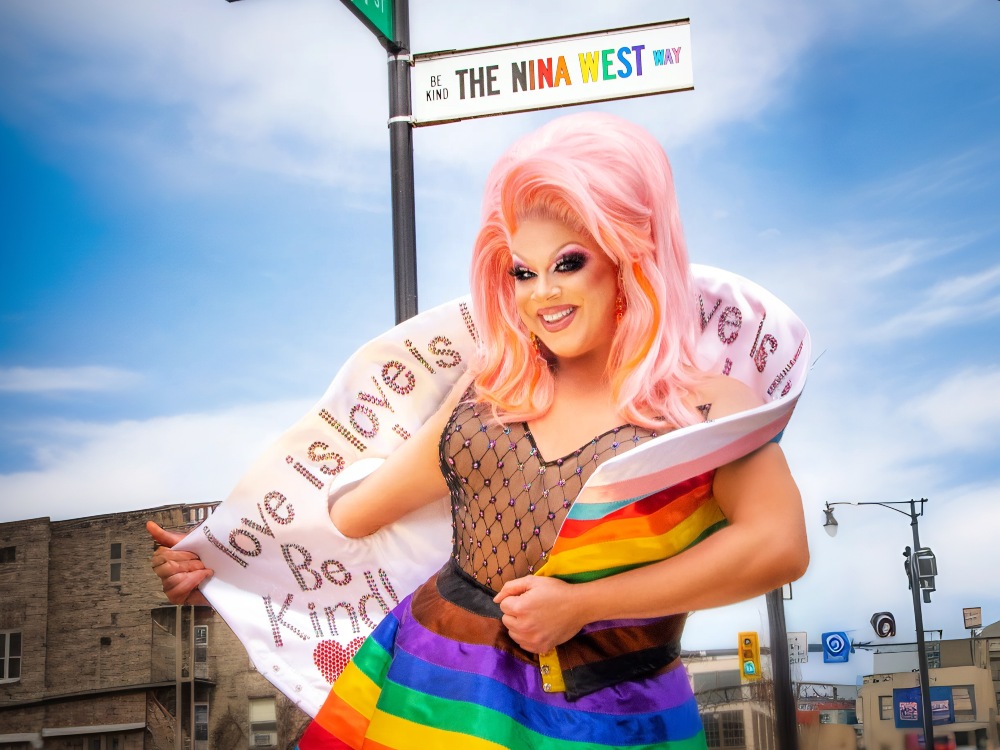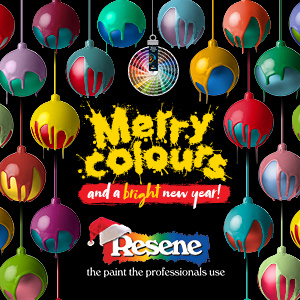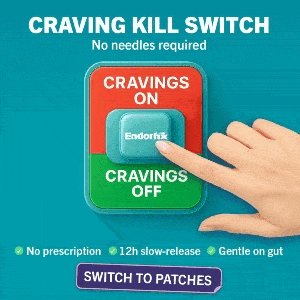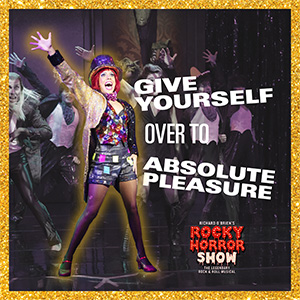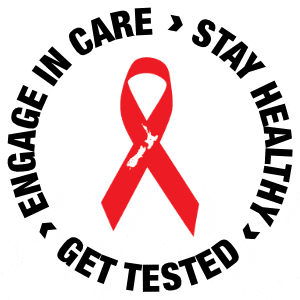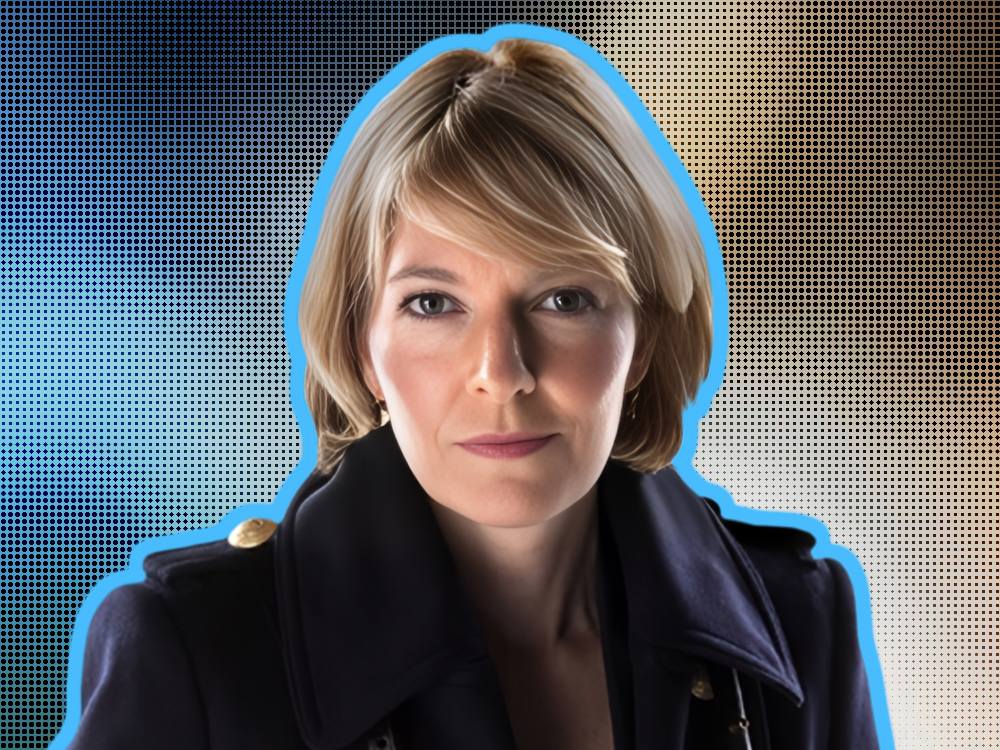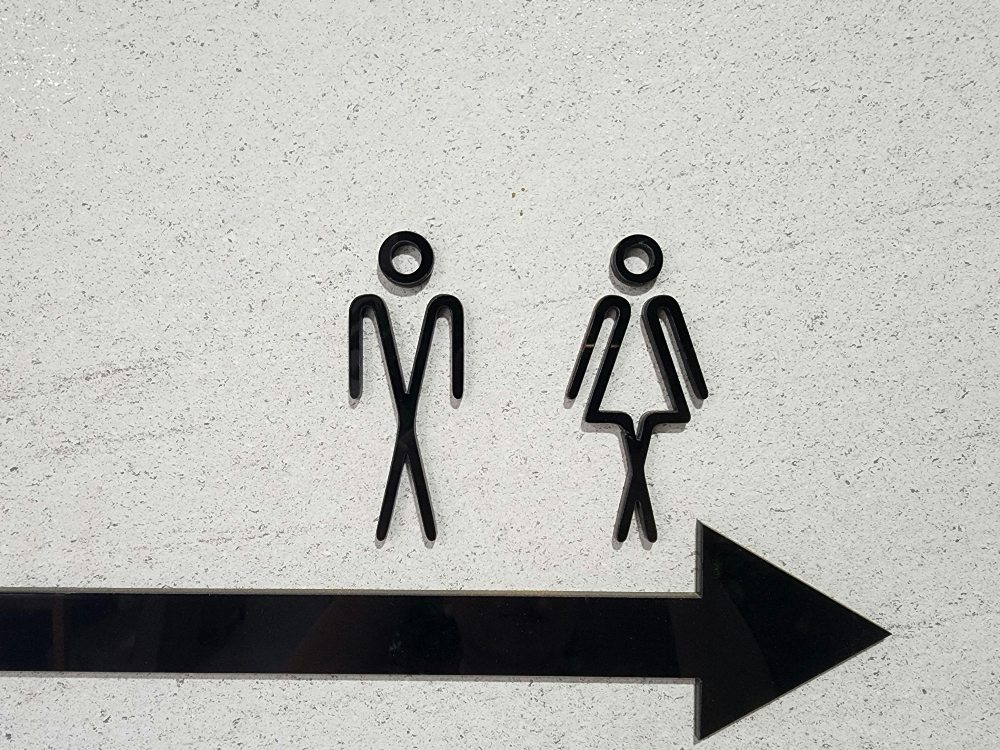Jacquie Grant ONZM examines the toxic protests against drag story time events and wonders if this battle is worth the fight.
Drag artists are an incredibly important part of our community. They can usually be found on the frontlines, spearheading campaigns and protests. Some are often the first to give their time for free at community fundraisers and events. Our rainbow world just wouldn’t be the same without the artistry these birds of paradise bring, entertaining us and lifting our spirits.
Their bravery and visibility can mean they are the first to get caught in the vitriolic crossfire.
Many queens find it hard to hide their queerness, even when they are out of drag, making it more difficult to fly under the homophobic radar. Throughout history, laws against cross-dressing and female impersonation have dealt devastating blows to our drag sisters, subjecting them to police brutality and even imprisonment.
Thankfully, times have changed—drag is now celebrated by queer and straight audiences around the world. Shows like the juggernaut RuPaul’s Drag Race have girls lip-syncing for their lives in front of millions of viewers. Contestants have become bona fide international celebrities, carving out stellar careers never previously imaginable.
Once relegated to the fringes of queer culture, drag is now very much front and centre. Seventy-one Primetime Emmy Award nominations and twenty-nine wins tell us Drag Race is as mainstream as American Idol—a path paved by the likes of Finocchio’s, Les Girls, and our very own Mojo’s, who followed on from even earlier pioneers.
This does beg the question: with drag now permeating popular culture like we never could have imagined, is drag story time worth the backlash it has garnered?
In a perfect world, there would be no issue with our beloved queens reading to kids in libraries and schools. But the world is far from perfect, and is our indignant support of this modern phenomenon a case of cutting off our contoured noses to spite our made-up faces?
The intention is great—showing kids that there is diversity in the world and that everyone has a place. But knowing what we now know about the negative reaction from the religious right, are we now poking the bear for the sake of it?
One must note that drag performances for a children’s audience are nothing new, as a lot of older readers will remember being dragged to the obligatory Christmas pantomime by their mothers to see the funny drag queens—who, in those days, were called “the dames.”
“If we stop, then that will mean that they have won,” a drag queen recently told a friend of mine when I asked why they carry on in the face of such vitriol. Of course, there is truth in this, but when we are winning on so many fronts, is this a battle that’s worth exposing kids to?
The recent incident at the Te Atatū Library involving Destiny Church members was a vile, hateful act on their part and should never have happened. But it did happen, and children (and adults) were left visibly traumatised.
As kids grow and develop, their curiosity will seek out rainbow identities to relate to.
Surely, there is now enough drag and queerness visible to young people. Social media serves up an endless algorithm of drag and queerness if one chooses to lean into it. Never in the history of humanity have young people had this much access to so much diversity.
So, is drag queen story time important enough that we are willing to allow Brian Tamaki and his ilk to weaponise it against us? Predictably, they call it child grooming. You and I know this isn’t true, but it’s an easy trope for the Tamakis of the world to cling to. “They are coming for the children,” they screech from their pulpits. It’s an effective tactic, and we should consider the pros and cons of giving them this ammunition, no matter how untrue it is.
For thousands of years, queer kids have worked out who they are and found their place in the world without being read to in a library by a drag performer. Is the quest to expose kids to diversity and acceptance now coming with an unacceptably high chance of exposing them to a backlash of hate and misinformation—the exact opposite outcome intended? Not only are the children being caught in the middle, but our whole rainbow community is being exposed to this elevated hate campaign. Is the venomous trickle-down worth it?
We’ve come so far in recent years—is poking the bear worth jeopardising these precious gains we have won? Sure, we can push ahead and provoke more backlash, no matter how wrong it is. Or we could stand back and look at the bigger picture. If we are now using kids to prove a point, then we need to examine if that point is worth proving.
Photo | Drag Queen Nina West became synonymous with Drag Story Time events in America, leading her to release both a book and an album for children.








